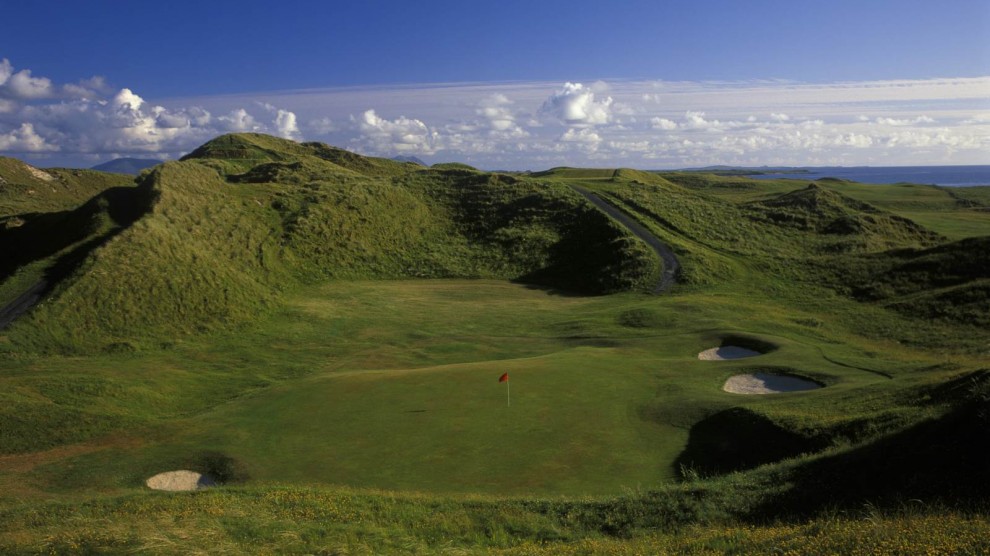You've probably heard it plenty of times: one of your golf buddies or friends referring to a golf course as a links. When you watch the British Open, you hear about the excitement and vagaries of links golf. The formal name of Pebble Beach is Pebble Beach Golf Links.
And you've probably wondered why golf courses are called links. So, let's explain where the term came from and why most golf courses are called parkland.
When golf started, it was originally played in coastal areas called links land. It was the somewhat useless tracts of land between the beaches and the ocean and inland farming areas. After all, Scotland was an agrarian society, as you'd expect in the Middle Ages. These spaces had no trees and sandy soil with some grasses growing. Sheep grazed there occasionally. Rabbits made holes there.
Early golfers, like shepherds, basically took sticks, maybe their staffs, and hit rocks into holes, seeing who could do it in the least number of strokes. Over time, as golf became more sophisticated, the equipment did, too. Rocks turned into featheries, balls stitched together with feathers inside. Woods and irons became distinct.
Courses became more defined, too, with animals helping to shape the course. Where sheep burrowed became pot bunkers. Winds shifted sands to shape the courses. The Old Course at St. Andrews had 22 holes out and back, then it became 18, and then golf did all kinds of things from there.
But on that links land between the ocean and the farms of Scotland, golf was born.
Most golf courses in the world are called parkland courses, meaning courses not built on the links land but rather on land consisting of fields with trees. Now, there are links-style courses that use parkland but remove trees, build up fake dunes and have wide-open vistas to simulate links land. However, strictly speaking, unless those courses were built on that space between beach and ocean and farm or parkland, it's not a links.

